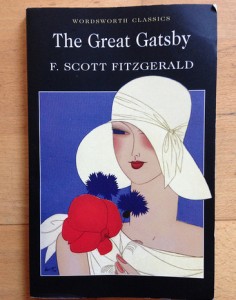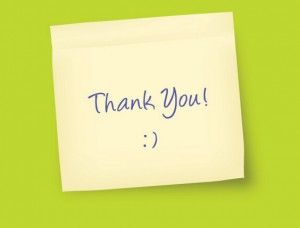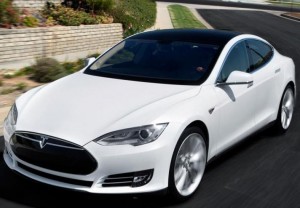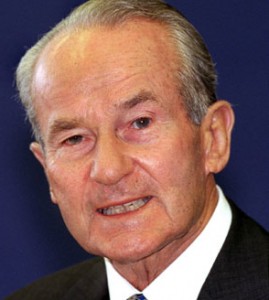
You know the book Catch-22, don’t you?
It’s still selling after all these years. It was published in 1961.
Before it was Catch-22 it was Catch-18.
That was the title. Clunky, isn’t it? Awkward.
But with reconsideration and more time, Joseph Heller went for the alliterative title we all know today.
Catch-22 sounds better. Good thing Heller wasn’t rushed and had time to make an improvement.
The same is true of another book you know. It also happens to work with alliteration.
The Great Gatsby.
F. Scott Fitzgerald originally titled it Trimalchio at West Egg.
You have to go back to Rome in the First Century AD to understand the Trimalchio reference.
He was an ostentatious fictional character. One who achieved power and wealth in a work by Petronius called Satyricon.
With a bit of reconsideration and time, the Gatsby title won out.
Thank goodness Fitzgerald didn’t rush Trimalchio into print, never mind the West Egg location as part of the title.
Reconsideration and time can help ad agencies turn out better work as well.
The Volkswagen ‘Lemon’ ad doesn’t look like it was a rush job.
Read it and we think you’ll agree it doesn’t feel like it was done in a burning hurry. http://bit.ly/1Ozn68v
Each thought and sentence feels considered, skillfully so.
It’s the opposite of ads stalled by an indifferent strategy or an unimaginative execution.
The first line of copy, ‘This Volkswagen missed the boat’, was the original headline.
So said the great copywriter, David Abbot. He worked for Doyle Dane Bernbach at one time.
To get to the ‘Lemon’ headline you have to take a bit of extra time. Time thinking, fiddling, tweaking, and worrying.
Worry is a good thing when you’re creating something special. It gets you to look further for solutions.
Here, a measure of credit should go to the VW brand manager.
Because we’re pretty sure of one thing.
That individual didn’t say, ‘get it to me by first thing tomorrow’.
Share with us. Leave your comment below. Thanks for reading Whybetonto.com. Regards, Steve Ulin LinkedIn: http://linkd.in/1Bey3Jl








